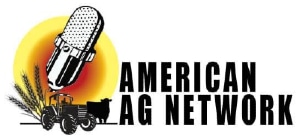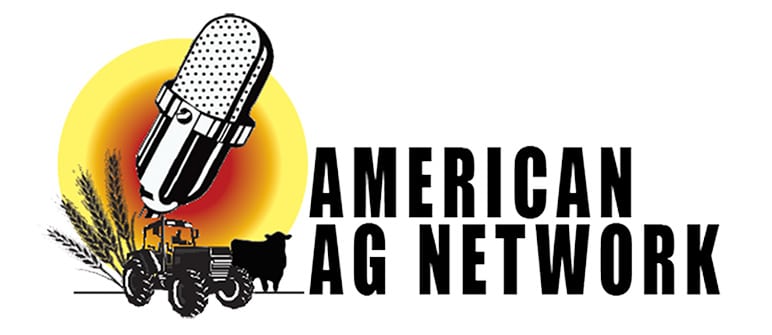One of the first big reports in the new year is the upcoming Cattle Inventory Report in January. Dr. Derrell Peel, a livestock marketing economist with Oklahoma State University, talks about his pre-report expectations.
“As I look at the numbers, we continue to monitor cow slaughter and heifer slaughter. That’s been the big story this year. We’ve only got about two to three more weeks of data for 2022 to come in yet, and that’s not going to change things very much. So, it’s pretty clear that total female slaughter in 2022 was over 51 percent of all the cattle that we slaughtered, and we’ve not been over 50 percent since 1986, so clearly, we have pulled the cow herd down. We pulled heifer numbers down, which limits our ability to regrow that herd, should we get the opportunity to do that. I think it’s an absolute minimum that the beef cow herd dropped two-and-a-half percent. I think it’ll probably be three percent or perhaps even a little bit over 3% for a year-over-year decrease in that beef cow herd.”
He talks about what a smaller herd size would mean for 2023.
“The heifer side may be the bigger factor going forward because it looks to me like we have simply not saved any replacement heifers at all. So even if we get the chance to stop liquidating, we’re still in a drought right now. We don’t know when that’s going to change, but assuming that, at some point, drought conditions improve and we might try to think about rebuilding the herd, I don’t think we have very many replacement heifers to work with. So, all of that is to say that beef production is going to drop significantly in 2023. If drought conditions let us start trying to rebuild, that will make that supply drop even more dramatic because, in the short run, we’re going to save a lot of heifers, and we’re gonna cut cow culling. If the drought continues, then we’ll continue to see some level of culling, but it won’t be as high as in 2022 because we simply don’t have as many animals. We’ve already culled a lot of them. So, there are some unknowns about exactly what that supply situation is. It’s a question of whether it’s down quite a bit or a whole bunch I guess.”
While there will be challenges in 2023, producers will also have opportunities to make a profit.
“All that to say that we’ve got higher prices. We’re ending 2022 on a strong note with feeder cattle-fed cattle prices, boxed beef in the last few days has taken a jump too, and I think all of that’s going to continue into 2023. So producers will have, from a revenue standpoint, more opportunities.”

